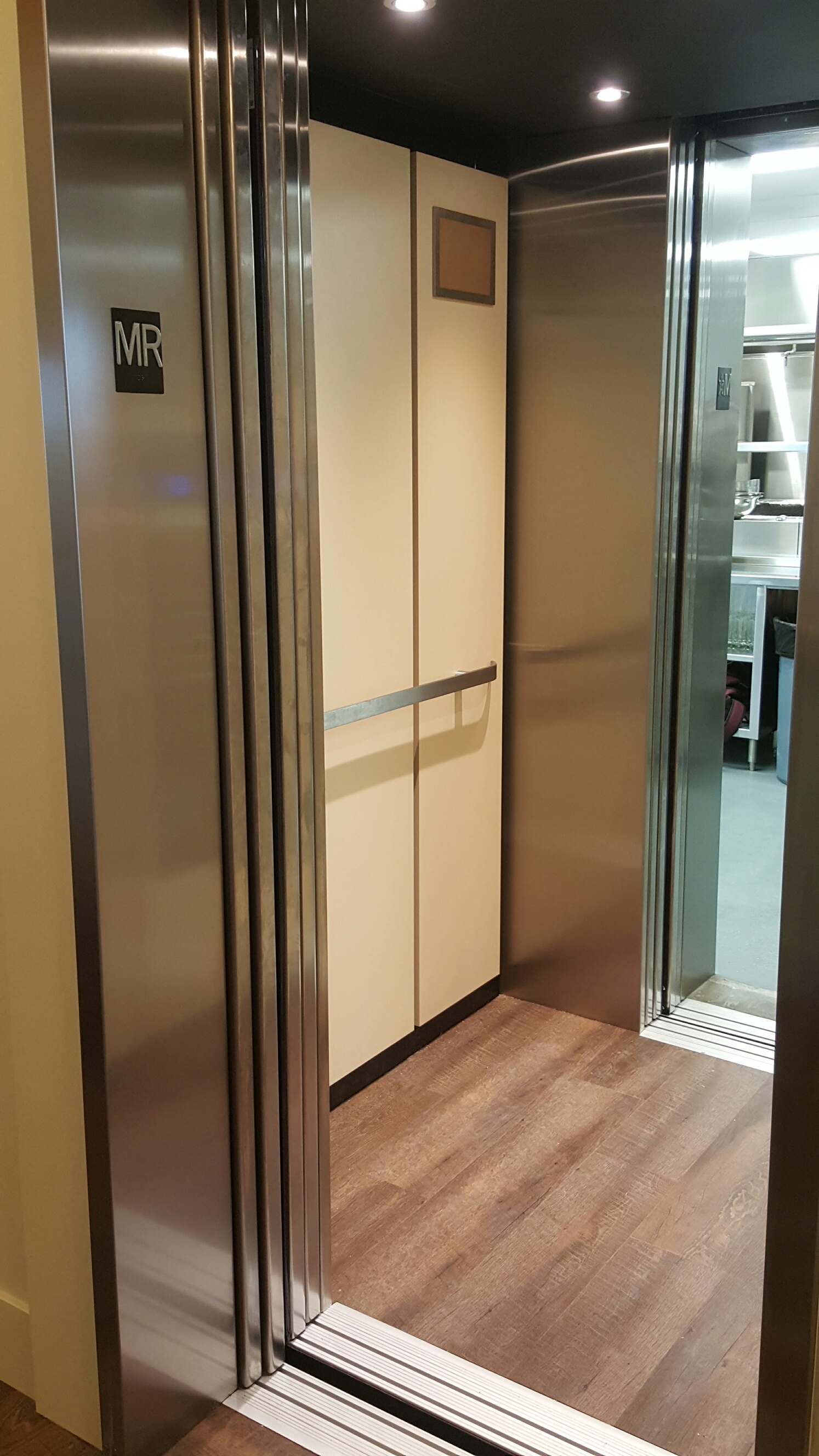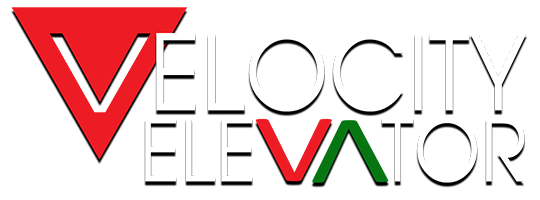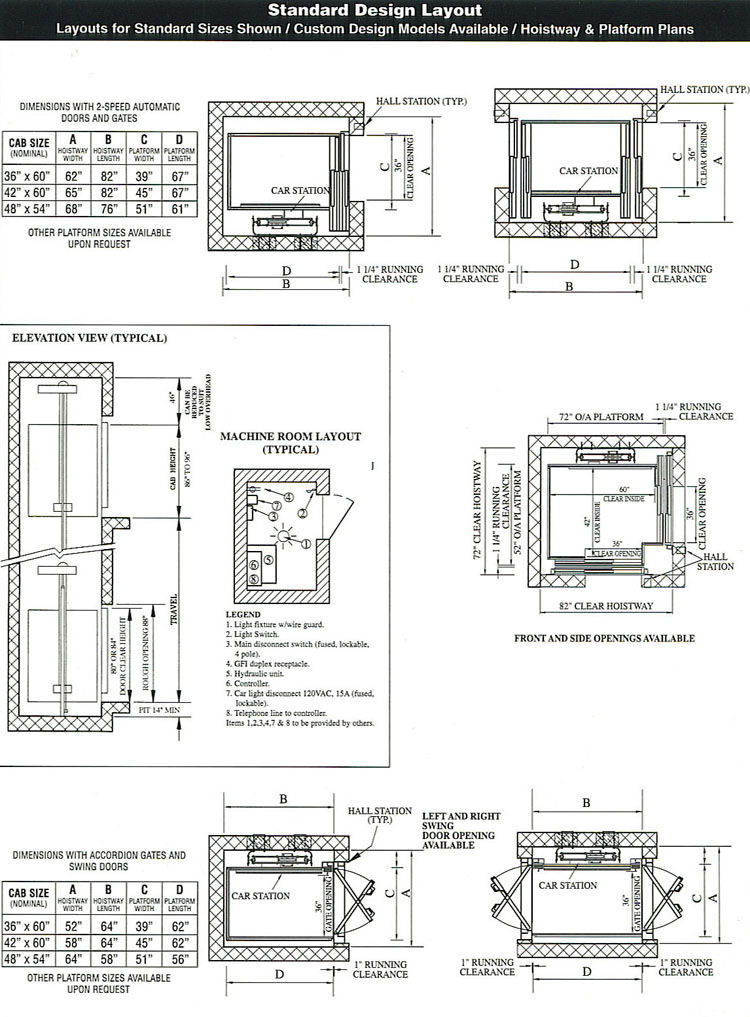LULA (Limited Use/Limited Application) Elevators are a hybrid between a full-size commercial elevator and a wheelchair lift.
LULA Elevators look and ride just like any other elevator. Their sole function is to provide handicap accessibility to a building. Velocity Elevators is the leading LULA elevator installer for both renovations & new construction.

LULA Elevator Benefits
- Cost – Equipment and installation costs substantially less than a commercial elevator
- Footprint – Space required is about half of what’s required for standard elevators
- Construction – May be built of wood or sheetrock, instead of concrete
- Pit – Requires just 14″ for a pit compared to the 48″ required by standard elevators
- Overhead – Requires just 102″ for existing buildings and 134″ for new constructions
- Fire Service not always required (Check local building codes)
- ADA Compliant – LULA elevators conform to the safety standards of the Americans with Disabilities Act and are equipped with many advanced features, such as an automatic control panel in stainless steel, electro-mechanical locking, cruise control, panic alarm, walk-in laminated safety emergency, automatic sliding doors, and other safety devices, all while providing enough space for a wheelchair.
LULA elevators can travel vertically up to 25 feet at a speed of up to 30 feet per minute. A LULA elevator is limited to a capacity of 1,400 pounds and 18 square feet of floor space.
A LULA elevator takes up about half the space of a traditional elevator and requires only 14 inches for a pit, 102 inches of overhead space for an existing building, or 134 inches for a new construction. The LULA’s hoistway may be made of wood or sheetrock, unlike the concrete hoistway required for a traditional elevator.
A LULA costs much less than a commercial elevator. It only needs to be maintained every six months, compared to every month as required for a traditional elevator. This makes it much more economical over the long term.
While a LULA is similar to a wheelchair lift in some ways, there are several differences. A wheelchair lift can be installed on a staircase rail, or it can transport a wheelchair vertically. A wheelchair lift can be installed either indoors or outdoors. A wheelchair lift’s motor may be located in a machine room or in a tower at the top of the stairs. The wheelchair lift folds up when not in use.
A wheelchair lift that rides along a staircase can carry up to 450 pounds and can travel up to 23 feet at a speed of up to 14 feet per minute. A pit is not required for a wheelchair lift.
A vertical wheelchair lift can carry up to 750 pounds and can travel at a speed of up to 25 feet per minute. The cab can travel up to 12 feet with two stops. A vertical wheelchair lift can be used indoors or outdoors. In some cases, an elevator shaft is required.
A LULA elevator is a good option for providing accessibility for handicapped individuals inside a building. It can travel faster and transport more weight than a wheelchair lift and costs a fraction of the amount of a traditional elevator.
GENERAL SERENUS SPECIFICATIONS
• 1400 lbs. rated load
• 30 fpm rated speed
• 25 ft. maximum travel
(except Ontario)
• 6 stops maximum
• Plastic laminate cab panels
• Automatic control
UL/CSA listed
• 14″ pit depths
• Manual or automatic entrances
• 1:2 cable hydraulic drive
• Overspeed governor
• Instantaneous safety device
• Emergency battery lowering and lighting
• Buffers
• Car top inspection station
• Stainless steel control panel
• Stainless steel trim
• Final limit switch
• Super-hush exclusive hydraulic pump unit of compact design and quiet operation


